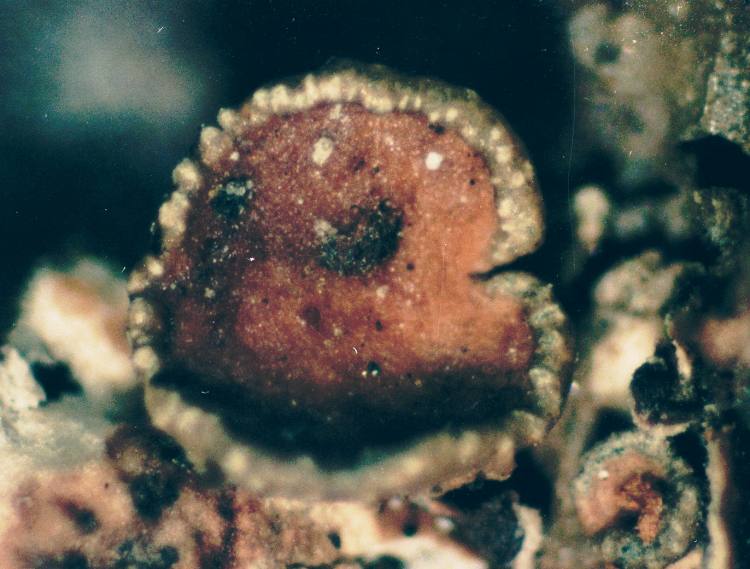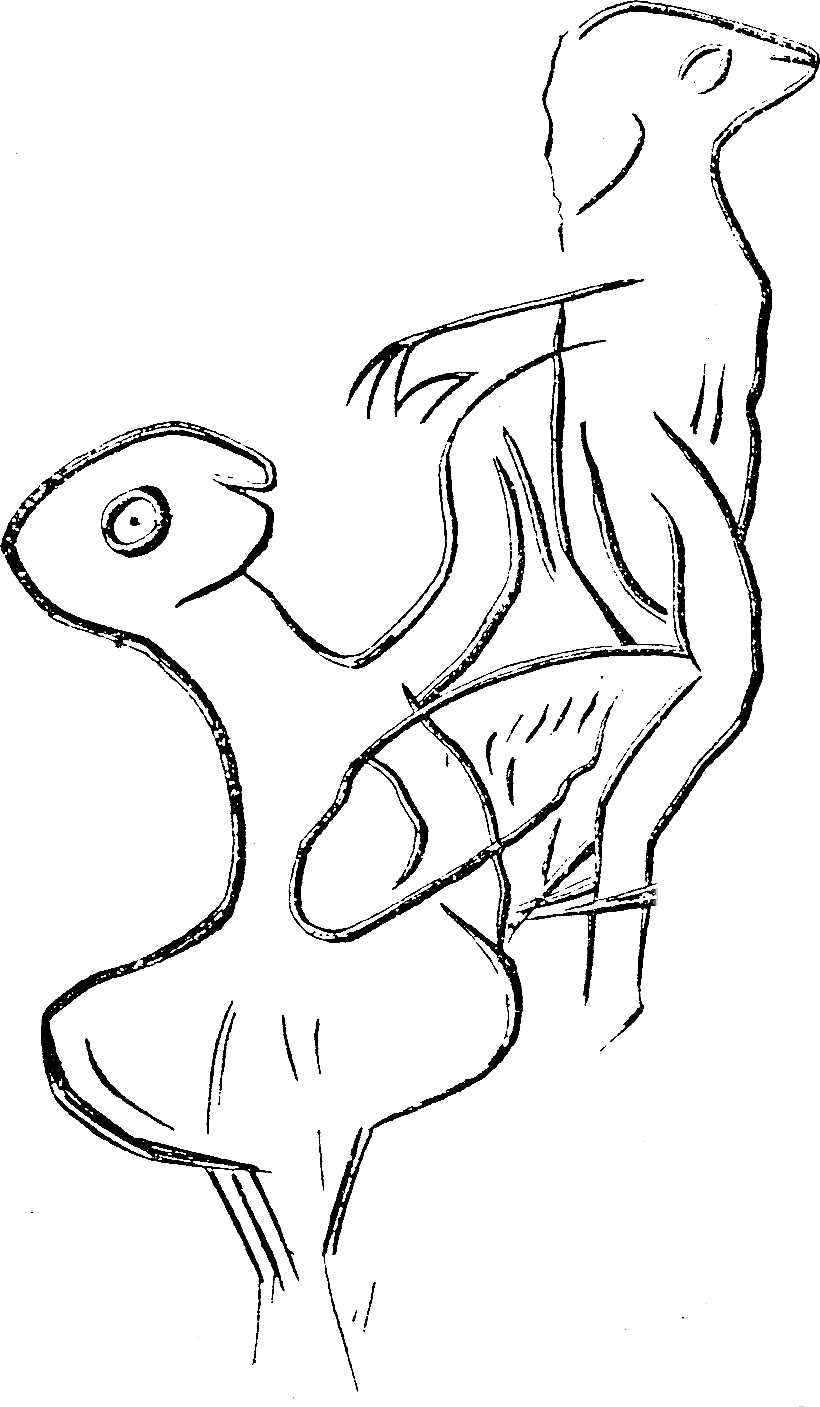|
Melanohalea Davidii
''Melanohalea davidii'' is a species of foliose lichen in the family Parmeliaceae. It was described as a new species in 2016. The type was collected by Ana Crespo in the Sierra de Grazalema Natural Park in the province of Cádiz, Spain, where it was found growing on cluster pine. In addition to the type locality, it has also been recorded from Selas in the province of Guadalajara. The specific epithet ''davidii'' honours lichenologist David Leslie Hawksworth. The lichen is morphologically similar to ''Melanohalea exasperata'', but is genetically distinct from that species. References davidii ''Fritillaria davidii'' is an Asian species of herbaceous plant in the lily family, native to Sichuan Province in China.Lichen species [...More Info...] [...Related Items...] OR: [Wikipedia] [Google] [Baidu] |
Lumbsch
Helge Thorsten Lumbsch (born 1964) is a German-born lichenologist living in the United States. His research interests include the phylogeny, taxonomy, and phylogeography of lichen-forming fungi; lichen diversity; lichen chemistry and chemotaxonomy. He is the Associate Curator and Head of Cryptogams and Chair of the Department of Botany at the Field Museum of Natural History. Biography Lumbsch was born in Frankfurt in 1964. Interested in lichens already as a schoolboy, he studied natural sciences at the University of Marburg, under the tutelage of Aino Henssen. He received his diploma in 1989, with a dissertation titled ''Ontogenetisch-systematische Studien der Trapeliaceae und verwandter Familien (Lichenisierte Ascomyceten)'' ("Ontogenic-systematic studies of the Trapeliaceae and related families (lichenized ascomycetes"). After Henssen's retirement in 1990, he transferred to the University in Essen, where he worked on the ''Lecanora subfusca'' group in Australasia, a subject ... [...More Info...] [...Related Items...] OR: [Wikipedia] [Google] [Baidu] |
Botanical Name
A botanical name is a formal scientific name conforming to the ''International Code of Nomenclature for algae, fungi, and plants'' (ICN) and, if it concerns a plant cultigen, the additional cultivar or Group epithets must conform to the '' International Code of Nomenclature for Cultivated Plants'' (ICNCP). The code of nomenclature covers "all organisms traditionally treated as algae, fungi, or plants, whether fossil or non-fossil, including blue-green algae ( Cyanobacteria), chytrids, oomycetes, slime moulds and photosynthetic protists with their taxonomically related non-photosynthetic groups (but excluding Microsporidia)." The purpose of a formal name is to have a single name that is accepted and used worldwide for a particular plant or plant group. For example, the botanical name '' Bellis perennis'' denotes a plant species which is native to most of the countries of Europe and the Middle East, where it has accumulated various names in many languages. Later, the plant w ... [...More Info...] [...Related Items...] OR: [Wikipedia] [Google] [Baidu] |
Taxa Named By Helge Thorsten Lumbsch
In biology, a taxon (back-formation from ''taxonomy''; plural taxa) is a group of one or more populations of an organism or organisms seen by taxonomists to form a unit. Although neither is required, a taxon is usually known by a particular name and given a particular ranking, especially if and when it is accepted or becomes established. It is very common, however, for taxonomists to remain at odds over what belongs to a taxon and the criteria used for inclusion. If a taxon is given a formal scientific name, its use is then governed by one of the nomenclature codes specifying which scientific name is correct for a particular grouping. Initial attempts at classifying and ordering organisms (plants and animals) were set forth in Carl Linnaeus's system in ''Systema Naturae'', 10th edition (1758), as well as an unpublished work by Bernard and Antoine Laurent de Jussieu. The idea of a unit-based system of biological classification was first made widely available in 1805 in the int ... [...More Info...] [...Related Items...] OR: [Wikipedia] [Google] [Baidu] |
Lichens Of Southwestern Europe
A lichen ( , ) is a composite organism that arises from algae or cyanobacteria living among filaments of multiple fungi species in a mutualistic relationship.Introduction to Lichens – An Alliance between Kingdoms . University of California Museum of Paleontology. Lichens have properties different from those of their component organisms. They come in many colors, sizes, and forms and are sometimes plant-like, but are not s. They may have tiny, leafless branches (); flat leaf-like structures ( [...More Info...] [...Related Items...] OR: [Wikipedia] [Google] [Baidu] |
Lichens Described In 2016
A lichen ( , ) is a composite organism that arises from algae or cyanobacteria living among filaments of multiple fungi species in a mutualistic relationship.Introduction to Lichens – An Alliance between Kingdoms . University of California Museum of Paleontology. Lichens have properties different from those of their component organisms. They come in many colors, sizes, and forms and are sometimes plant-like, but are not s. They may have tiny, leafless branches (); flat leaf-like structures ( |
Melanohalea
''Melanohalea'' is a genus of foliose lichens in the family Parmeliaceae. It contains 30 mostly Northern Hemisphere species that grow on bark or on wood. The genus is characterized by the presence of pseudocyphellae, usually on warts or on the tips of isidia, a non-pored and a medulla containing depsidones or lacking secondary compounds. ''Melanohalea'' was circumscribed in 2004 as a segregate of the morphologically similar genus ''Melanelia''. Taxonomy ''Melanohalea'' was circumscribed in 2004 by lichenologists Oscar Blanco, Ana Crespo, Pradeep K. Divakar, Theodore Esslinger, David L. Hawksworth and H. Thorsten Lumbsch. It is a segregate of ''Melanelia'', a genus created in 1978 to contain the brown '' Parmelia'' species. The circumscription of this genus was questioned later, especially after early molecular phylogenetics studies demonstrated that it was not monophyletic. Subsequently, two genera, '' Melanelixia'' and ''Melanohalea'', were created. ''Melanohalea'' or ... [...More Info...] [...Related Items...] OR: [Wikipedia] [Google] [Baidu] |
Melanohalea Exasperata
''Melanohalea'' is a genus of foliose lichens in the family Parmeliaceae. It contains 30 mostly Northern Hemisphere species that lichenicolous lichen, grow on bark or lignicolous lichen, on wood. The genus is characterized by the presence of pseudocyphellae, usually on warts or on the tips of isidia, a non-pored and a medulla (lichenology), medulla containing depsidones or lacking secondary metabolite, secondary compounds. ''Melanohalea'' was circumscription (taxonomy), circumscribed in 2004 as a segregate of the morphology (biology), morphologically similar genus ''Melanelia''. Taxonomy ''Melanohalea'' was circumscription (taxonomy), circumscribed in 2004 by lichenologists Oscar Blanco, Ana Crespo, Pradeep K. Divakar, Theodore Esslinger, David L. Hawksworth and H. Thorsten Lumbsch. It is a segregate of ''Melanelia'', a genus created in 1978 to contain the brown ''Parmelia (fungus), Parmelia'' species. The circumscription of this genus was questioned later, especially after earl ... [...More Info...] [...Related Items...] OR: [Wikipedia] [Google] [Baidu] |
Morphology (biology)
Morphology is a branch of biology dealing with the study of the form and structure of organisms and their specific structural features. This includes aspects of the outward appearance ( shape, structure, colour, pattern, size), i.e. external morphology (or eidonomy), as well as the form and structure of the internal parts like bones and organs, i.e. internal morphology (or anatomy). This is in contrast to physiology, which deals primarily with function. Morphology is a branch of life science dealing with the study of gross structure of an organism or taxon and its component parts. History The etymology of the word "morphology" is from the Ancient Greek (), meaning "form", and (), meaning "word, study, research". While the concept of form in biology, opposed to function, dates back to Aristotle (see Aristotle's biology), the field of morphology was developed by Johann Wolfgang von Goethe (1790) and independently by the German anatomist and physiologist Karl Fr ... [...More Info...] [...Related Items...] OR: [Wikipedia] [Google] [Baidu] |
David Leslie Hawksworth
David Leslie Hawksworth (born 1946 in Sheffield, UK) is a British mycologist and lichenologist currently with a professorship in the Universidad Complutense de Madrid in Madrid, Spain and also a Scientific Associate of The Natural History Museum in London. In 2002, he was honoured with an Acharius Medal by the International Association for Lichenology. He married Patricia Wiltshire, a leading forensic ecologist and palynologist in 2009. , he is the Editor-in-Chief of the journals '' IMA Fungus'' and ''Biodiversity and Conservation ''Biodiversity and Conservation'' is a peer-reviewed scientific journal covering all aspects of biological diversity, its conservation, and sustainable use. It was established in 1992 and is published by Springer Science+Business Media. Abstractin ...''. Selected publications Articles * * * * * * * * Books and monographs * with Francis Rose: * with David J. Hill: as editor * with B. W. Ferry and M. S. Baddeley: * * with Alan T. Bull: ... [...More Info...] [...Related Items...] OR: [Wikipedia] [Google] [Baidu] |
Province Of Guadalajara
Guadalajara () is a province of Spain, belonging to the autonomous community of Castilla–La Mancha. As of 2013 it had a population of 257,723 people. The population of the province has grown in the last 10 years. It is located in the centre of the Iberian Peninsula. History Prehistory The province has been inhabited since the Paleolithic as evidenced by stone tools found on the banks of the Henares and Linares rivers. There are also numerous prehistoric cave paintings in the Cueva de los Casares in Riba de Saelices while Megalithic tombs from the 4th millennium B.C. have been found at various sites in the province including Alcolea del Pinar. There are remains of several Bronze Age settlements along the river banks in the area, notably that in Loma del Lomo in Cogolludo as well as a late Bronze Age settlement in Mojares. Celtiberians and Romans The Celtiberians occupied the territory during the late Iron Age between the 6th and 3rd centuries B.C. in Sigüenza, Atienza, ... [...More Info...] [...Related Items...] OR: [Wikipedia] [Google] [Baidu] |
.jpg)





